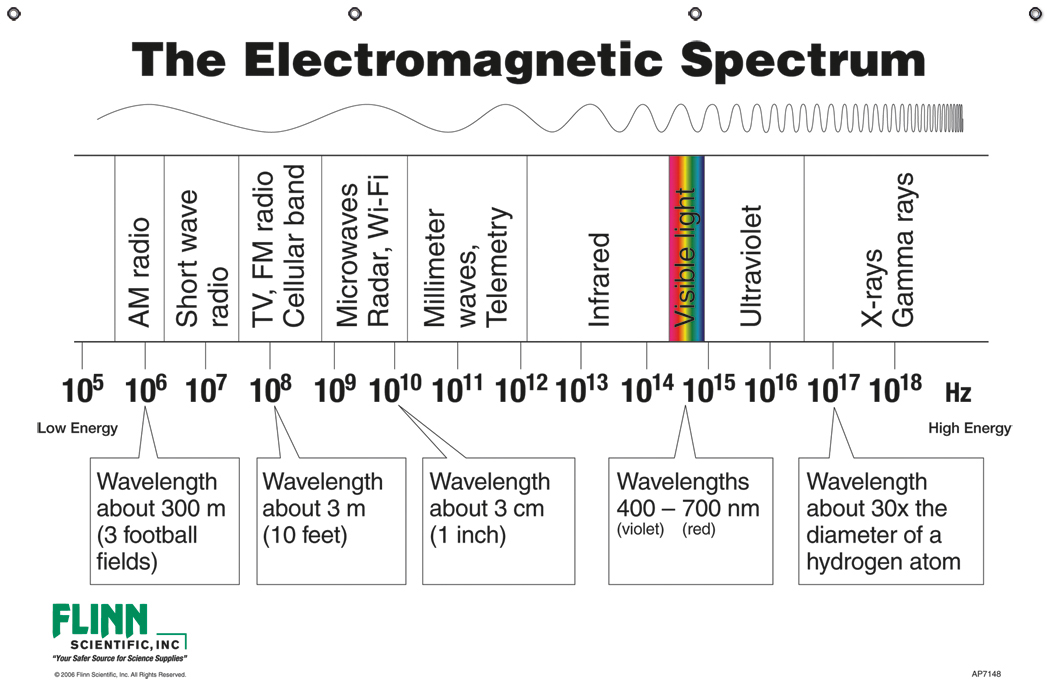- Aug 6, 2017
- 5,445
- 1,310
- 140
I know we know how to detect a radio signal.
I know we know how to send a radio signal.
I know a radio signal can travel through a vacuum.
I know a radio signal can travel through a solid object.
But this does not tell me what a radio signal “IS”.
Anybody have a clue?
I know we know how to send a radio signal.
I know a radio signal can travel through a vacuum.
I know a radio signal can travel through a solid object.
But this does not tell me what a radio signal “IS”.
Anybody have a clue?

